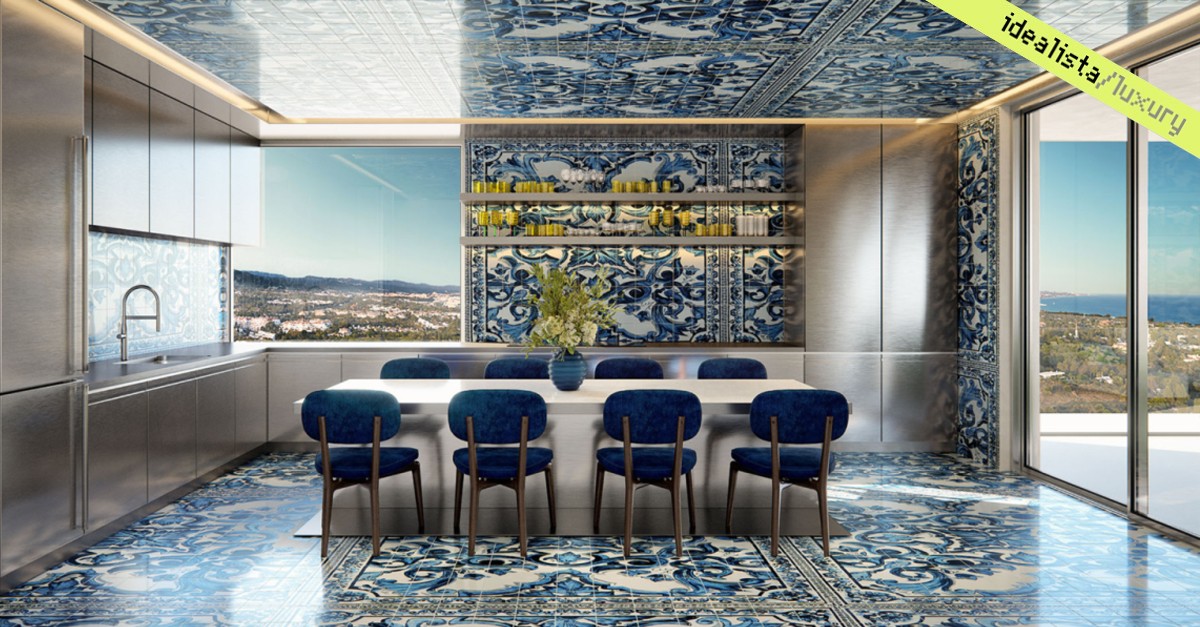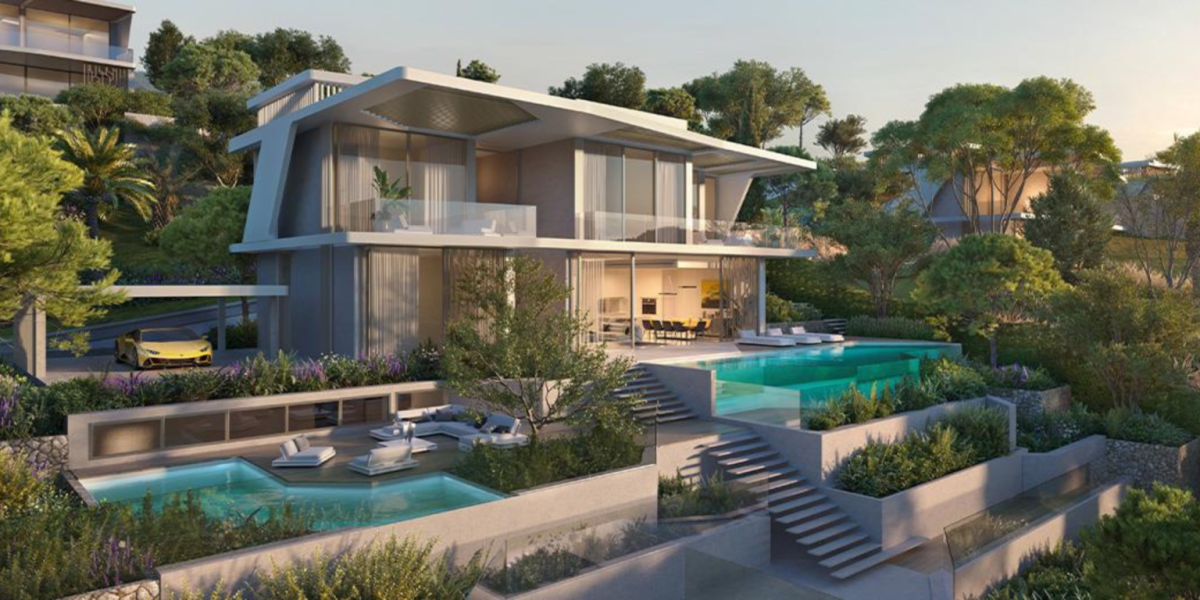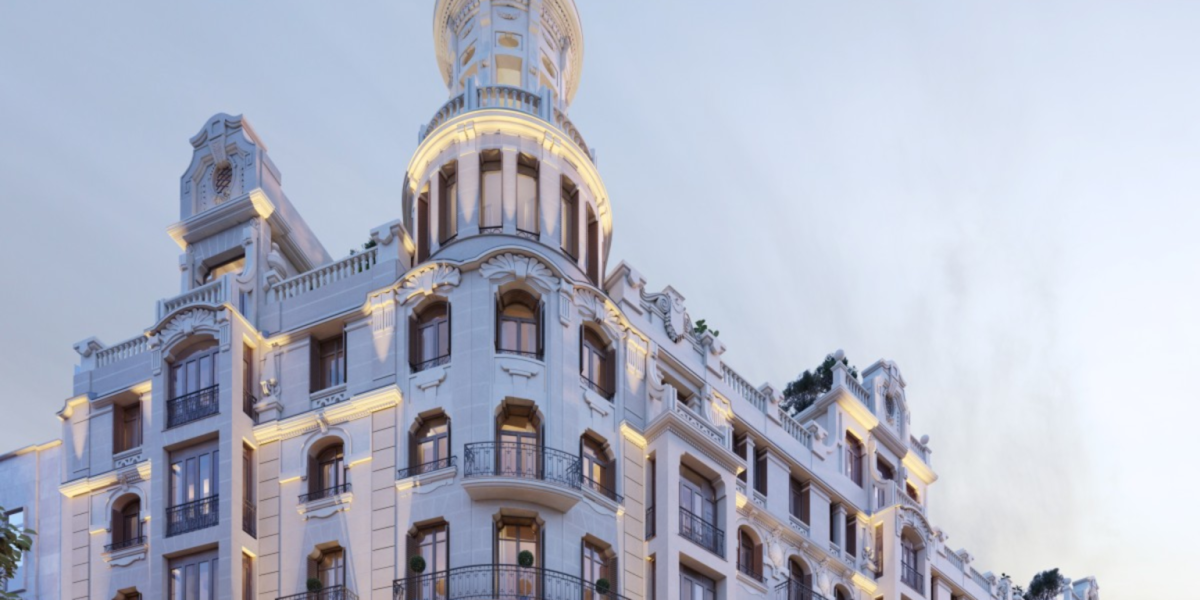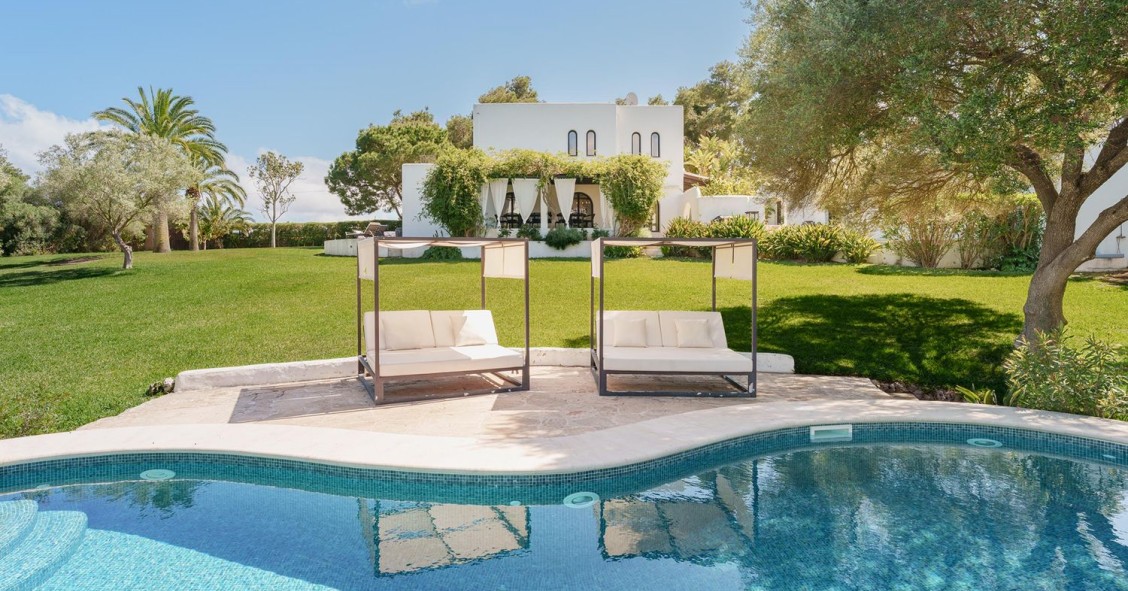
The branded residences market in Spain is experiencing unprecedented growth, with projections indicating an exponential increase over the next four years. While Spain currently has fewer than 500 units, according to Antonio Pan de Soraluce, founding partner of Blasson Property Investments, this figure is set to rise significantly, as noted at the recent Premium Real Estate Summit.
In this context, developer Sierra Blanca has led the way, having built the largest number of luxury branded properties. "We introduced the first Fendi Casa residential project in Europe, the first Karl Lagerfeld Villas in the world, and brought the first Dolce & Gabbana project, alongside the one in Miami, to Spain, to Marbella," explained CEO Carlos Rodríguez at the event. "I am incredibly proud because each of these brands initially rejected us. They told us that Spain wasn’t ready and that they needed to launch projects first in Paris, London or Miami. Today, I can confidently say that Spain was not only ready but is prepared for much more."
The consultancy firm Colliers has already recognised this potential and has predicted substantial growth. According to an insight report from Colliers, based on data up to the third quarter of 2023, exponential growth is expected over the next four years, with more than 1,200 units anticipated by 2027. The Costa del Sol is expected to remain the preferred destination for investors, precisely the area where Sierra Blanca’s properties are located.

Madrid is another key attraction for branded residences. The capital can proudly claim to have hosted one of the first properties of this type, by the renowned Four Seasons brand. These branded residences are also the only ones in Spain located within the same complex as the hotel. "In Madrid, it is more common to see standalone projects (not integrated into the hotel)," explained Pan de Soraluce at the luxury real estate event.
These developments rely on close collaboration between developers and prestigious brands, which can be both hotel and non-hotel, to provide residents with personalised, high-end experiences. Hotel giants such as Four Seasons, Mandarin Oriental, Marriott and Accor dominate the hospitality sector, while luxury, fashion and motorsport brands like Fendi, Missoni, Dolce & Gabbana, Karl Lagerfeld and Lamborghini have partnered with both Spanish and international developers to expand this concept of upscale residences.
According to the Colliers report, the future of branded residences in Spain looks exceptionally promising. The Costa del Sol and Marbella in particular, is attracting significant attention from investors and developers, positioning itself as the epicentre of growth. By 2027, the province of Málaga could have nearly 900 branded residences, accounting for 93% of the future market supply in Spain.
It is in Málaga where one of the latest branded residence projects has just been announced. This project is the result of a partnership between the luxury developer Caledonian and Marriott International, which will see the construction of 46 branded residences in Finca Cortesín (Málaga), bearing the prestigious St. Regis luxury hotel brand.
In the summer, Málaga made headlines again in the branded residences sector when Versace, in collaboration with RGZ Developers, unveiled a luxury villa project. Located in the exclusive area of Nueva Andalucía, Marbella, these residences are valued at over €10 million.
Product types
There are two main types of branded residences: those associated with hotel chains and those linked to other luxury brands. The former are more common and are managed by hotel chains, offering five-star services such as security, on-site restaurants, spas, concierge, laundry and room cleaning. Notable examples of such brands include Four Seasons, Hilton, Marriott and Accor.

In this model, owners typically use these residences for only part of the year, with the hotel chain managing the property for the remainder of the time. The second type of branded residence partners with non-hotel luxury brands. Fashion labels such as Fendi, Dolce & Gabbana, Karl Lagerfeld and Bvlgari have invested in such projects, while luxury car brands like Lamborghini, Porsche and Bentley are also exploring this market.
Factors driving growth
The rise of branded residences in Spain is driven by three key factors:
- Increased demand for luxury properties: In 2022, transactions involving luxury properties grew by 45% compared to the previous year, surpassing 1,000 transactions above €2 million. This figure is double that recorded in 2019, before the pandemic, highlighting the strong demand for exclusive real estate assets.
- Rise in foreign investment: Foreign investment in Spanish real estate surged by 59% in 2022 compared to 2019, reaching €12.17 billion. This growth underscores Spain's appeal as a safe and profitable destination for international investors.
- Thriving tourism sector: Spain remains one of the world's top tourist destinations, with positive growth projections. This robust tourism industry further fuels demand for luxury properties, as many investors seek homes that offer both exclusivity and access to first-class hotel services.
What are branded residences? Find out more in our guide.






